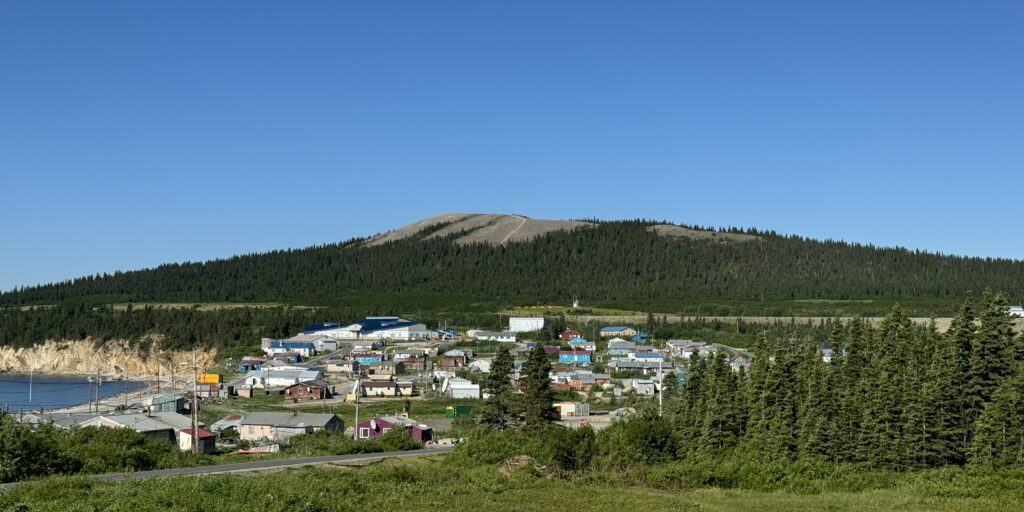The Alaska Department of Natural Resources (DNR) has granted Panther Minerals, Inc. a Miscellaneous Land Use Permit (MLUP) for a hardrock exploration program in the Koyuk Mining District.
The permit, issued on October 2, allows the company to conduct exploratory drilling for uranium resources within its Boulder Creek and Fireweed Creek claims. The sites are located about 30 miles north of Elim on the Seward Peninsula.
Panther Minerals’ five-year exploration plan includes drilling 30 to 50 holes at 11 different drill pads across both state and federal mining claims. The drilling, which will use a rotary diamond core rig, aims to reach depths of up to 1,000 feet.
The exploration season is scheduled from June to September each year, starting in 2025. Panther Minerals intends to utilize an existing airstrip for access and will transport equipment and personnel to the drill sites using all-terrain vehicles. The project’s primary objective is to further define uranium deposits in the area, a resource that has been the focus of exploration efforts since the 1940s.
According to permit applications obtained by KNOM, Panther Minerals will maintain a temporary camp during the summer months, housing around 12 people. Tents and other structures used during exploration will be dismantled and stored at the end of each field season. They also plan to install water pumps to draw water for their drills.
The DNR’s approval is limited to activities on state land, with the federal land drilling covered by separate regulations.
Environmental and reclamation measures are also built into the permit. Panther Minerals plans to disturb less than half an acre of land—0.24 acres on state land and 0.23 acres on Bureau of Land Management land.
Interactive Map
All drill sites will be reclaimed once they are no longer in use, with topsoil replaced to encourage regrowth. The permit also includes stipulations on fuel storage, waste management, and wildlife protection.
The DNR also issued a response to comments received during a July public comment period. According to the DNR, 133 total comments were received, all in opposition of the project. KNOM's analysis of the comments revealed that, in fact, one commenter was in favor of the project.
Concerns raised in the comments were primarily related to potential environmental impacts, including the risks of uranium exposure to wildlife and water resources in the area. However, the DNR stated in their Memorandum of Decision that the “exploration activities do not pose any ability to influence the Tubutulik River with uranium concentrations above naturally occurring levels.”
“The proposed activity will not adversely affect the State of Alaska’s goal of categorizing and enhancing knowledge about our natural resources’ characteristics for use by present and future Alaskans,"
- DNR Memorandum of Decision.
Panther Minerals will be required to submit annual reports detailing its exploration activities and reclamation efforts. These reports must include maps of disturbed areas, photos of reclaimed drill sites, and documentation of any remaining unreclaimed land. The company must also file a detailed work plan each year, outlining the proposed activities for the upcoming field season.
The public has 20 days from the issuance of the decision to appeal the permit, with any challenges first directed to the DNR Commissioner.




